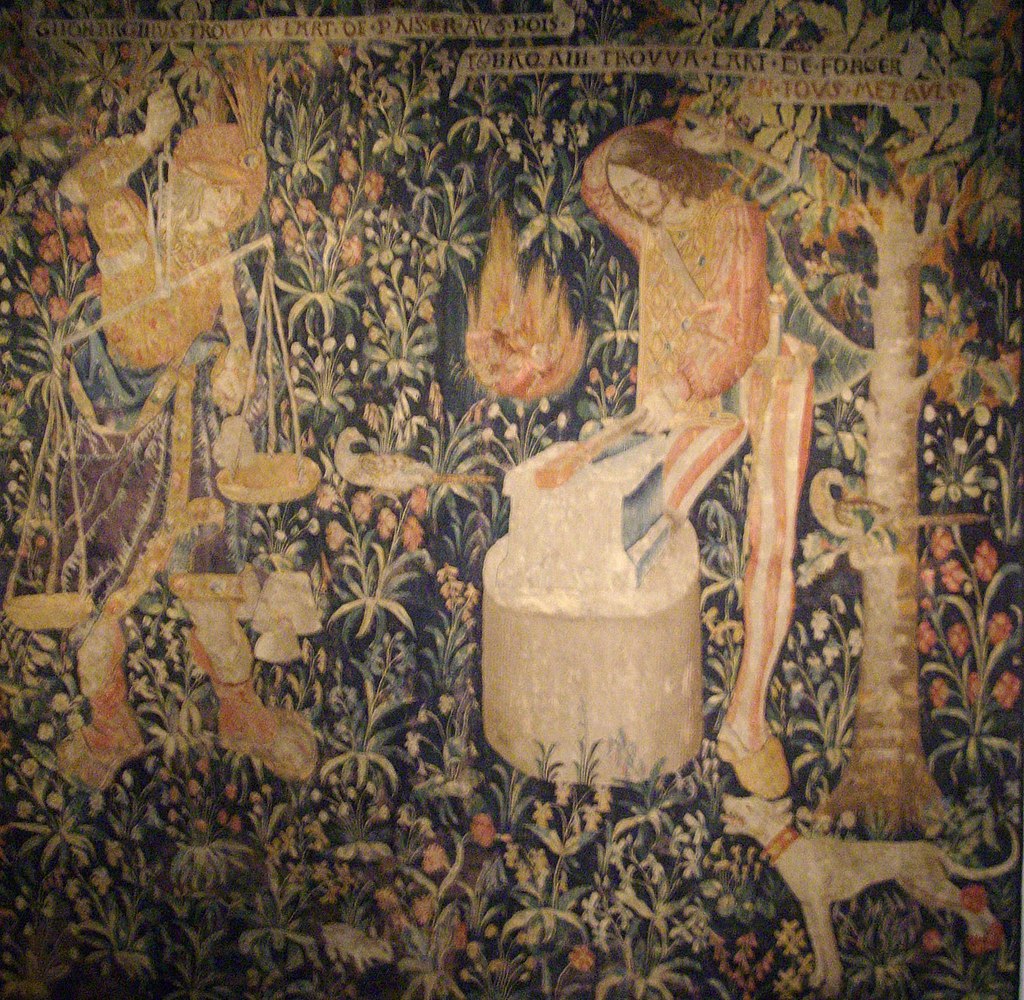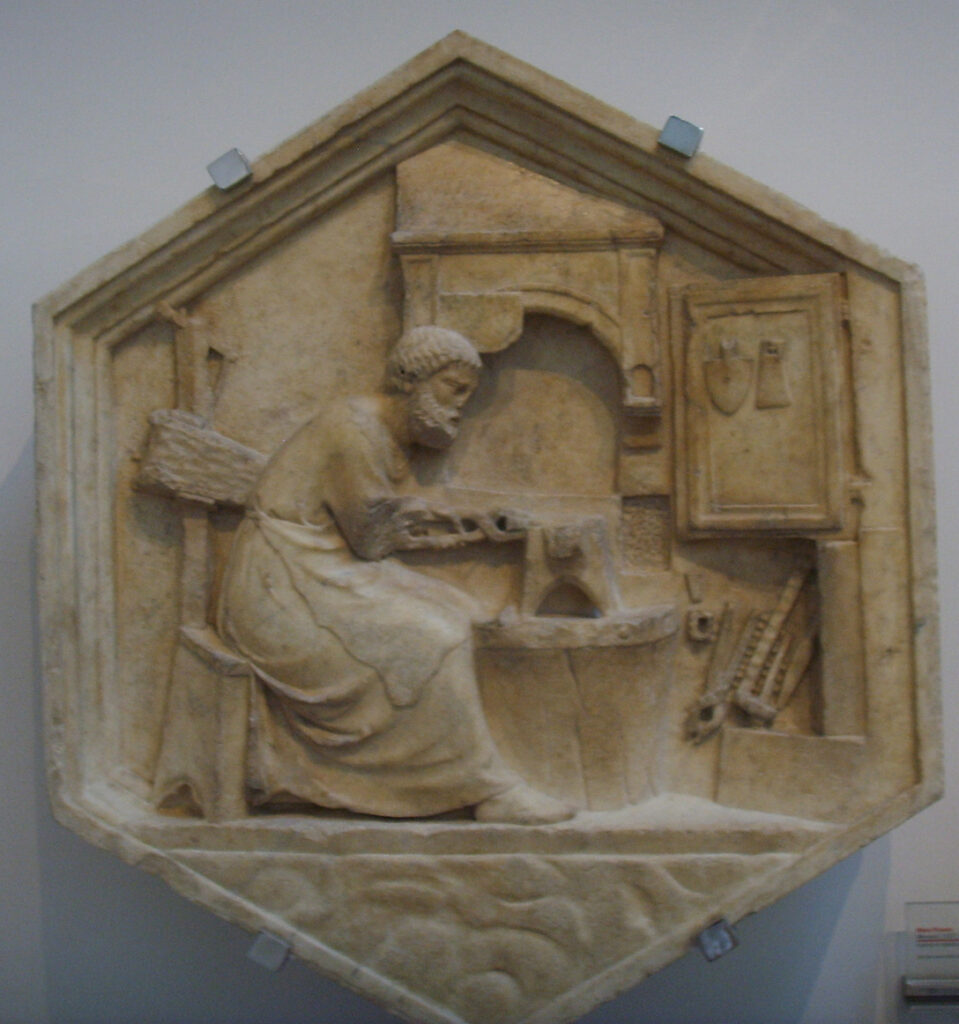“And the third brother, Tubal Cain, found smithcraft of gold, silver, copper, iron and steele…” – Albert Mackey, The Legend of the Craft
Much of Freemasonry’s core symbolism can be traced directly to Hebrew and Christian teachings and texts. Given that Speculative Masonry took shape in Europe during the 18th century, a time when Christianity in its many forms was central to daily life, it is easy to understand how this came to be. Brethren at the time sought to improve themselves and their community through ritual, and where better to adopt these lessons than from scripture?
While the rituals of Freemasonry and its many appendant bodies have evolved over the centuries, some still leverage Judeo-Christian sources as a means to convey universal truths. Stories and symbols from the Bible were widely accepted as conveying Masonic values that guide us in thought and action. However, it is also essential to note that the fraternity welcomes all men into its ranks, no matter their race, religion, or creed.

Tubal Cain
Among the figures adopted from the Bible for Freemasonry is Tubal Cain from Genesis 4:22. Known as the first blacksmith, Tubal Cain is a descendant of Adam and Eve and the son of Lamech and Zillah. While it is not known when Tubal Cain emerged in the ritual of Speculative Masonry, the famous Masonic author and historian Albert Mackey referred to him in his book A Lexicon of Freemasonry as the “first to work in iron and brass.” In this passage, Mackey wrote that Tubal Cain:
…introduced many arts into society which tended towards its improvement and civilization. Tubal Cain is the Vulcan of the Pagans, and is thought to have been closely connected with ancient Freemasonry. Faber says that “all the most remarkable ancient buildings of Greece, Egypt, and Asia Minor, were ascribed to Cabirean or Cyclopean Masons,” the descendants of Vulcan, Dhu Balcan, the god Balcan, or Tubal Cain. Oliver says, “In after times Tubal Cain, under the name of Vulcan and his Cyclops, figured as workers in metals and inventors of the mysteries; and hence it is probable that he was the hierophant of a similar institution in his day, copied from the previous system of Seth, and applied to the improvement of schemes more adapted to the physical pursuits of the race to which he belonged.”
Because of Tubal Cain’s significant contributions to the science of craftwork, Mackey believes he can be looked upon as our Masonic ancestor.

The Third Degree
Tubal Cain mastered working with metals and forging tools and was the first instructor of workers in those metals, affording him a place of honor and respect in Freemasonry as a forefather of all master craftsmen. His example as a teacher illustrates the value Masons place on sharing their knowledge with their brethren.
To complete the third degree, a Brother must learn to use the working tools of the Craft to fulfill the plans of the Divine Artist. He can only achieve the rank of Master Mason, living his life fully in the light of Freemasonry, by mastering the moral and philosophical lessons taught in the lodge by wise and experienced Brothers who are walking in the footsteps of Tubal Cain.